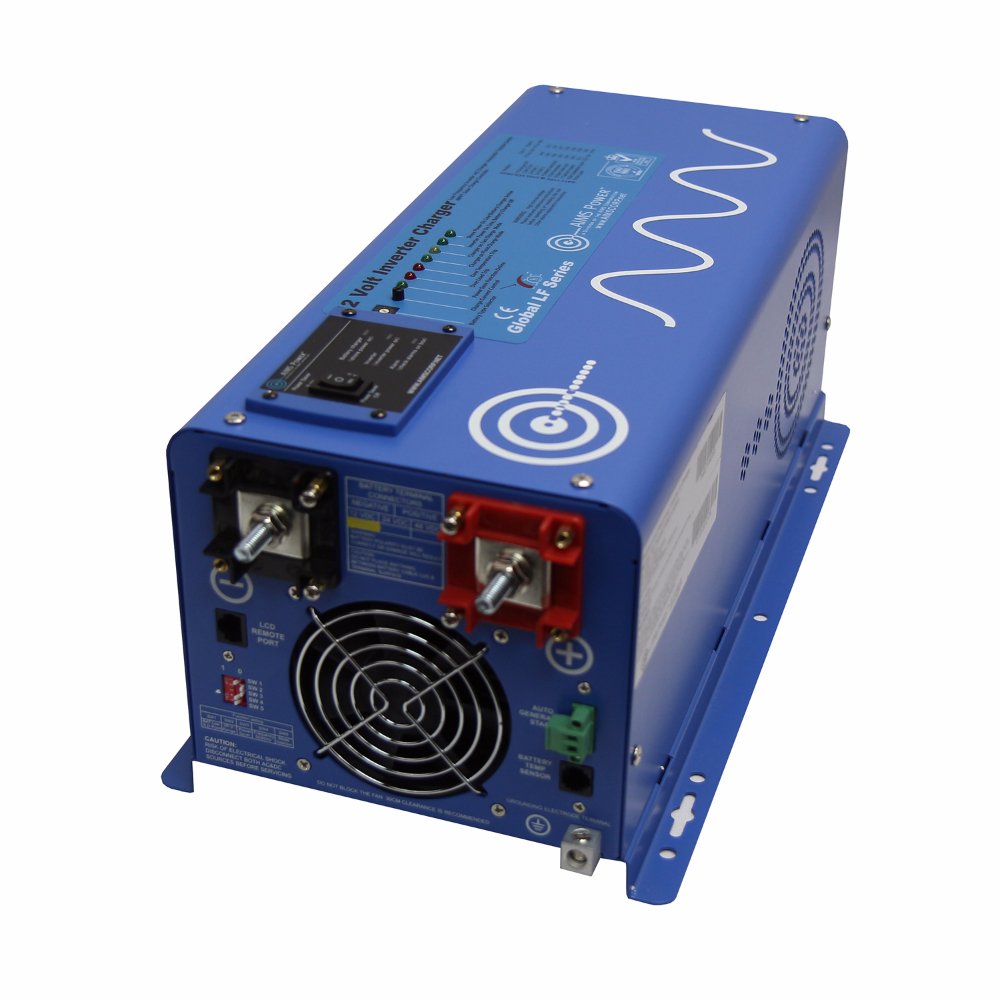HopCar
Guru
- Joined
- Aug 20, 2011
- Messages
- 5,308
- Vessel Name
- Possum
- Vessel Make
- Ellis 28
When the power goes out, and my boat is on the hook down the street in 15 feet of water. What side of the boat should I set my anchor on?
The bottom side.
When the power goes out, and my boat is on the hook down the street in 15 feet of water. What side of the boat should I set my anchor on?
Anyone with half a brain can install a breaker interlock into a panel, especially when it is made for that panel and they have some experience. ...................
I'm going to try to get this back on track.
To the OP, one solution I did for a local bud was to build him an enclosure for his gennie. Building an enclosure is tricky as they are air cooled and if not done right, gen can overheat, burn out or worse, catch on fire. In fact one local knucklehead built an enclosure with NO provision for cooling air and it did catch on fire. Brand new gennie toasted, lucky the fire did not spread.
What we built was a plywood box with a baffled air entry and exit. If you run the gen you will see that hot air is blown out at one region, and exhaust is blowing out from another region. Sometimes both blow out the same way. Set it up so this air flows out the baffled exit. On the air entrance side, we mounted a fan to force air into the entrance.
We ran the gen with no enclosure, measured temps in various places with IR gun, then put it in the enclosure. After about a half hour, took lid off and checked temps. Only about 10F higher, so we felt it was safe.
In the box, it was nearly silent.
Get something like a Honda 2000, which is very quiet already, do an engineered box, and the neighbors probably will not hear it at all.
If nobody hears it, nobody is likely to complain to the HOA, and if nobody complains, everyone is happy and you have AC and fridge and lights all night.
They forgot to mention you need to measure toenail length and compare that to industry specs..
Sounds like complying with the government installation requirements will cost several times more than the actual generator. Guess they only want the wealthy to have them.
Ted
It's more like they want to protect the public by making sure the installation is safe.
 Translate
Translate
I found this reference to ah capacity for various standard battery group sizes.
https://www.batterystuff.com/kb/tools/bci-battery-group-sizes.html
It looks like a group 31 AGM is 125ah. So you probably need 6 of them to keep discharge to 50%.
...I would love to get some of your input on some batteries as I really don't have a good working knowledge beyond the basics on them.
...I might add in a swamp cooler for the room as well...
In the other thread, I think the original message got entirely lost on the sidebar discussion. I've finalized my design, and would appreciate if some of you could look at this and let me know your thoughts on the design.
I'm looking at powering a window A/C off of a battery bank:
KEY ASSUMPTIONS
1. window A/C will be 10k btu Frigidaire; consumes about 7.7 amps.
2. over an 8 hour period that will be about 565 ah w/12v battery bank.
3. I'm expecting to be able to run at about a 40% duty cycle, which would work out to be about 226 ah.
4. I factor in a margin of 50% more, and that gets me up to about 340 ah required over an 8 hour period.
5. I will upsize it to 600 ah of capacity just to keep things healthy.
BILL OF MATERIALS
1. 3 x Exide XMC-31 MEGACYCLE AGM-200 Sealed Maintenance Free (AGM) Marine Battery - $750
2. 1 x Xantrex Freedom 806-1840 HF 1800 Inverter/Charge - $475
3. 3 x 4 AWG Battery Cable Set - $25
4. 3 x NOCO HM318BKS Group 24-31 Snap-Top Battery Box - $50
5. 1 x Go Power! FBL-200 Class T 200 Amp Fuse with Block - $56
6. 1 x FFRE1033Q1 10,000 Btu Window-Mounted Room Air Conditioner - $300
Total Price: around $1,650 plus tax
QUESTIONS
1. Will 4 AWG be big enough to tie the batteries together? Cables are 16"
2. Any thoughts on that fuse/block combo?
3. How about the Exide batteries? Any experience with them?
4. Are any of my key assumptions off?
Thanks for your help.
Thanks for pointing this out. That website lists it as being 83ah, so I've got to look further into THAT one.
Where are you seeing 83ah? I'm not seeing that.

